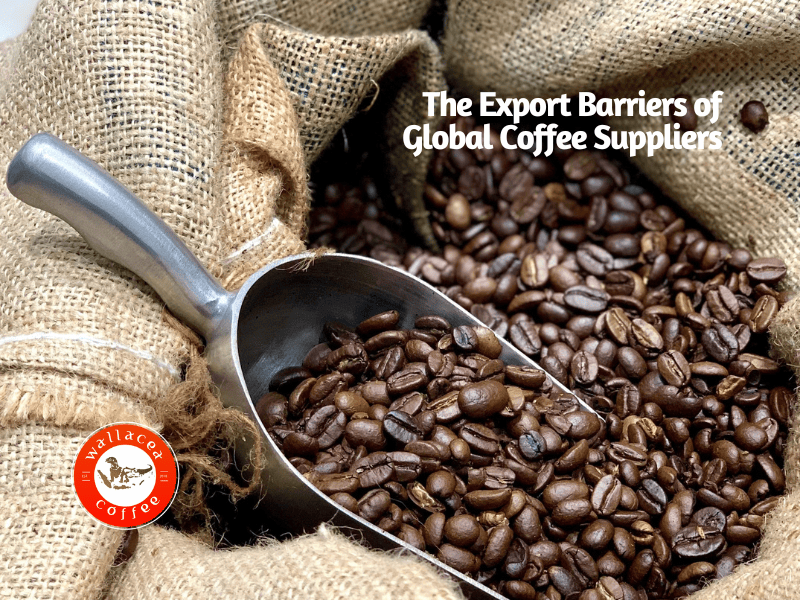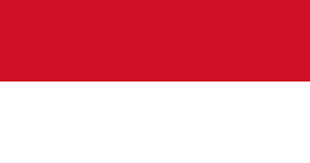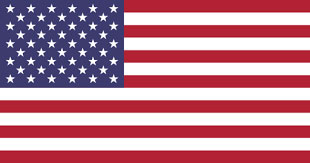
The Export Barriers of Global Coffee Suppliers
The beverage world would be inert without coffee. So there is no denying that green coffee beans are a staple in the coffee industry all over the world. A little-known fact is that coffee beans are challenging to be cultivated, and it is getting worse in recent years due to extreme weather conditions. No wonder the price is unreasonably high. Most coffee suppliers today import green coffee beans directly from the country of origin. Rather than growing it in their country. So there is no surprise you will find a diverse range of coffee selections from various countries in your favorite coffee shop. But aside from the difficulty level of the cultivation, green coffee beans are also challenging to be exported. Even for experienced coffee suppliers. There are 4 coffee supplier barriers for global coffee suppliers. Let’s learn more about it through this article!
#1 Quality Deterioration of Green Coffee Beans
Most coffee suppliers, business owners, and even coffee lovers agree that green coffee beans are prone to quality deterioration. As a coffee supplier that has been in the coffee trade for decades, we know that even if green coffee beans are exported in the freshest condition, there are lots of external factors that might degrade the quality.
Green coffee beans should be stored within the ideal humidity of 11% to 12.5%. However, it is challenging to maintain that throughout the shipment. For decades, jute bags have been preferred for the reason that it allows the circulation of water vapor. Hence, it does not get trapped inside the coffee beans. Unfortunately, this also means that green coffee beans might absorb the air and might push cross-contamination if the jute bag is a reused bag from farming products. Based on this reason, coffee suppliers provide double-layer packaging consisting of hermetic bags like GrainPro bags as the inner layer and jute bags as the outer layer. Most coffee suppliers also stacked the coffee bags on wood pallets to prevent the green coffee beans from absorbing moisture. Especially in places where the moisture level is high.
#2 The Impact of Political Situation on the Global Coffee Trade
The coffee industry is reported to contribute $200 billion in 2019, supporting the lives of 100 million coffee farmers (Guido et al., 2020; Sarralde, n.d. Based on the International Coffee Organization). But have you imagined that this number could drastically drop based on the political economy situation? Yep, at some point, political dynamics can also be as worrying as climate change.
In several cases, the government has indirectly forced coffee farmers to be stuck within the poverty line. Leave the market dominated by the top 10 companies. These companies were even able to dominate 70% of the market since the 1990s and control 64.55% of the total exports in 2014 (Sarralde, n.d. Based on UBOS, 2010 in Wedig & Wiegratz, 2018).
Fortunately, small-scale coffee roaster businesses have reported to start acquiring a bigger share. This pushes them to compete over the quality rather than just the exported quantity (Sarralde, n.d. Based on Vicol et al., 2018). However, a crucial thing to note in this factor is that the situation mentioned above is just one of the examples. The policy might be rapidly shifting in other specific situations like shortage or war. No surprise that global coffee suppliers are directly impacted.
#3 Underdeveloped Infrastructure in the Coffee Supplier Countries
In general, people typically link the word “Export-import” with the overseas shipment. But it is not always about that. Long before the green coffee beans are exported to the destination port by the coffee suppliers, it needs to be transported to the coffee suppliers’ facilities first.
Unfortunately, it is a widely-known fact that some coffee supplier countries are still facing a lack of infrastructure development. The poor transportation network turns the green coffee beans challenging to be delivered from the coffee plantations to the warehouse of the coffee supplier. This way, the profit margins of both coffee farmers and coffee suppliers are reduced. Especially if the coffee plantations lie in a remote area. Based on this solid reason, coffee suppliers from certain countries are forced to go the extra mile when directly sourcing green coffee beans.
#4 Price Volatility of Container Freight Rate
In the beginning year of the COVID-19 pandemic, many in the industry (including your favorite coffee supplier) have seen freight costs drastically soar. Consumer behavior where people need the finished goods rather than service was believed to be the trigger behind this substantial increase. The hype of online shipping and work-from-home policy was unbeatable, especially during the lockdown.
The Rising Demand for the Shipping of the Container
The demand for the shipping of the container from both coffee suppliers and other suppliers has outstripped the supply from freight forwarders. In 2021 to 2022, the expensive freight rate casts a shadow over the export-import process with the price increased up to 80% since November 2021. Even gradually tripled until 2022 (Lynch, 2021). Other examples, you can take a look at SCFI (Shanghai Containerized Freight Index) based on the United Nations Conference on Trade and Development (UNCTAD) report (2021) in the following detail:
- June 2022: <1,000 per TEU (Twenty-foot Equivalent Unit).
- The end of 2020: $4,000 per TEU (Twenty-foot Equivalent Unit).
- July 2021: $7,395 per TEU (Twenty-foot Equivalent Unit).
In 2021, UNCTAD predicted that global import prices might reach up to 11%. This way, the customer price was impacted to be increased up to 1.5%. It is also further reported that the deliveries were moving slowly. No industries were reported to have scored an improvement, including the coffee industry and the coffee suppliers inside. The global coffee supply chain has been disrupted, impacting the global coffee suppliers.
Fortunately, the freight rate gradually meets a downward trend. Recently, the shipping rate of 40 F/T containers from Asia to the United States on the West Coast area has been reported to have dropped by 80% since April 2022 (Freightos, 2023). Although it is slowly improving, one thing is for sure. This cycle is highly possible to repeat if the situation repeats in the future.
Recommended article: How to Choose the Best Coffee Supplier for Your Business.
About Wallacea Coffee – A Direct-Trade Coffee Supplier of Indonesian Green Coffee Beans
There is always a reason many in the coffee industry love to import green coffee beans from experienced coffee suppliers. Thanks to decades of experience in international trade, these coffee suppliers have become familiar with the common export-import issue. Based on this solid reason, the long-term direct-trade coffee supplier has more capability of providing solutions for the obstacles in the export-import process.
Take Wallacea Coffee as an example. We are a direct-trade coffee supplier that sourced our green coffee beans directly from the source. As a direct-trade coffee supplier from Indonesia, we provide a diverse range of Indonesian green coffee beans in our catalog. We are the dependable source of Gayo Sumatra Arabica, Lintong Sumatra Arabica, Mandheling Sumatra Arabica, Ijen Mountain Arabica, and Indonesian premium Robusta green coffee beans.
Source green coffee beans from the source of a direct-trade coffee supplier today. Request a specialized quote through our BYOC (Build Your Own Container) system or reach out to us at [email protected].





No Comments